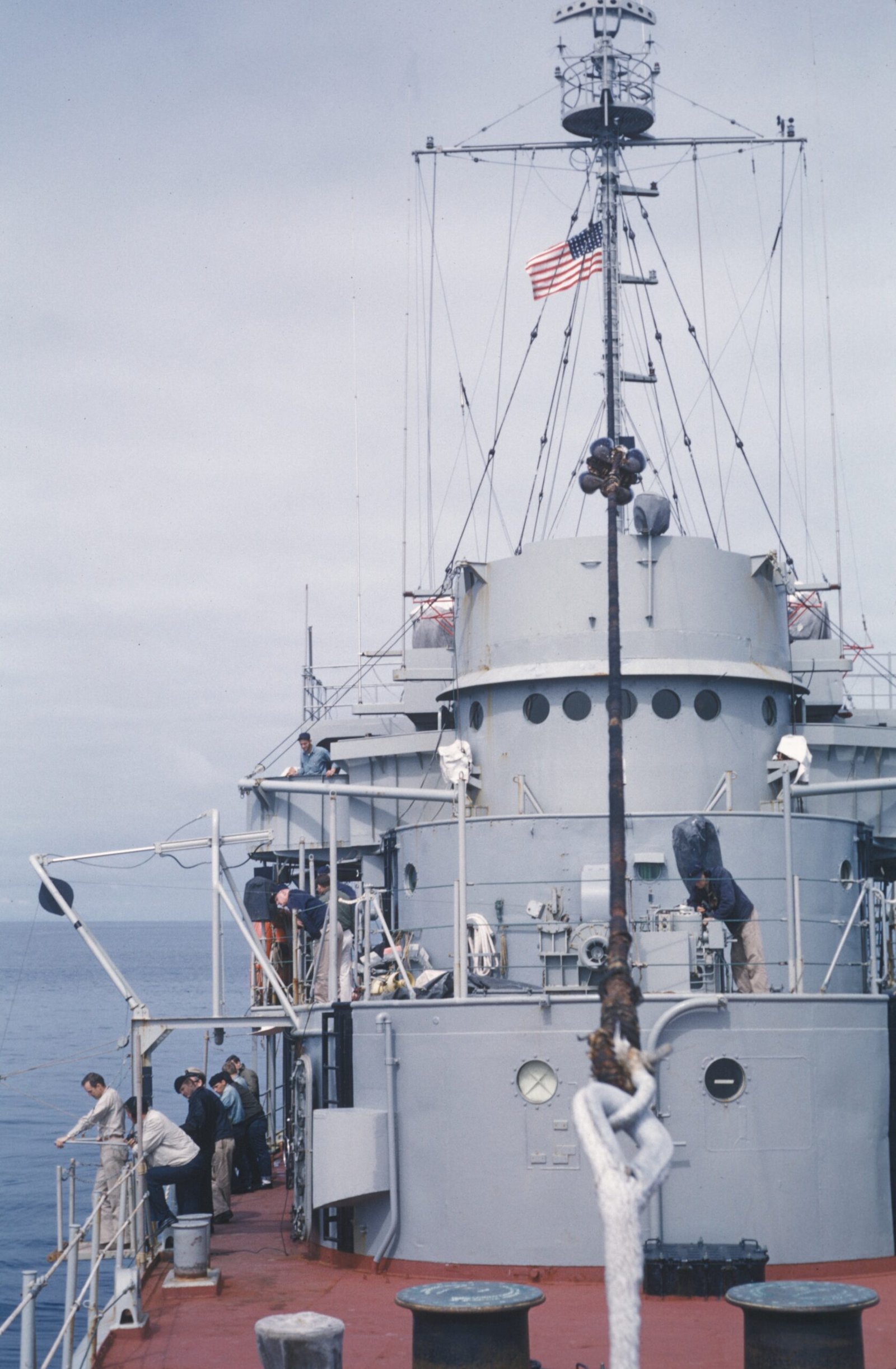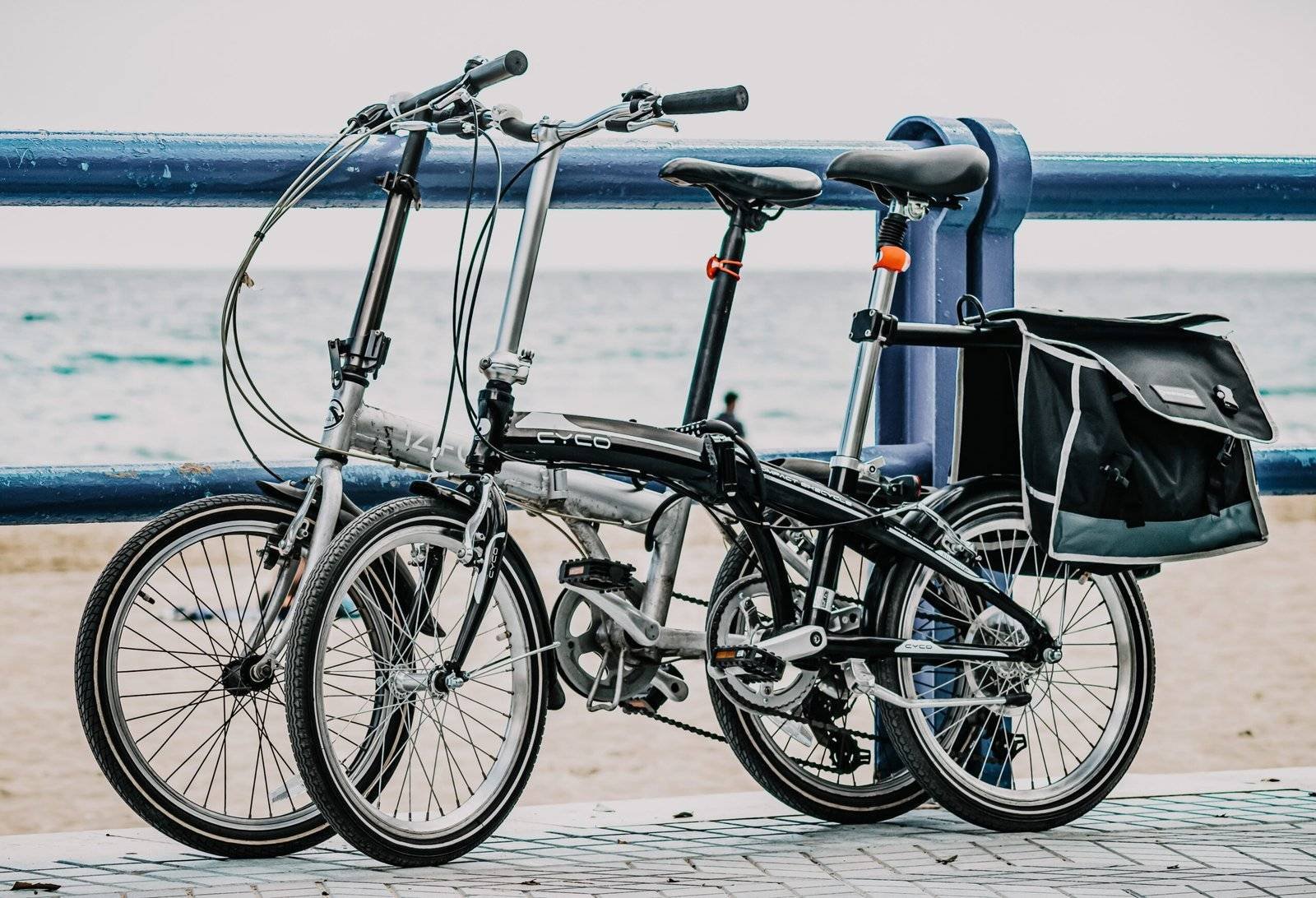Introduction
Oceanographic buoys play a crucial role in collecting valuable data about the Earth’s oceans. These buoys are equipped with various sensors and instruments that help scientists and researchers gather information about the ocean’s temperature, salinity, currents, and other important parameters. In this article, we will discuss the process of deploying and recovering oceanographic buoys for effective data collection.
1. Planning and Preparation
Before deploying an oceanographic buoy, it is essential to carefully plan and prepare for the operation. This involves determining the location where the buoy will be deployed, considering factors such as water depth, currents, and proximity to other research sites. It is also important to ensure that all necessary equipment, such as the buoy itself, sensors, and communication systems, are in proper working condition.
2. Deployment
The deployment of an oceanographic buoy requires a systematic approach to ensure its successful deployment and functionality. Here are the key steps involved:
2.1. Transportation
The buoy and its associated equipment are transported to the deployment location using a research vessel. The vessel’s crew, along with the scientists and researchers, work together to ensure the safe transportation of the buoy and its components.
2.2. Anchoring
Once the buoy reaches the desired location, it is anchored to the seafloor using a mooring system. The mooring system consists of a combination of chains, ropes, and weights to keep the buoy in place despite ocean currents and waves.
2.3. Sensor Calibration
Before deploying the buoy, it is crucial to calibrate the sensors to ensure accurate data collection. This involves comparing the sensor readings with known reference values and making necessary adjustments to ensure their reliability.
2.4. Instrument Deployment
After anchoring the buoy, the instruments and sensors are carefully deployed. These instruments may include temperature sensors, conductivity sensors, current meters, and other specialized equipment depending on the research objectives.
2.5. Communication Systems
Oceanographic buoys are equipped with communication systems to transmit collected data in real-time. These systems may use satellite communication, radio waves, or other technologies to send the data to research institutions or monitoring centers.
3. Data Collection
Once the oceanographic buoy is deployed and the instruments are operational, it starts collecting valuable data about the oceanic conditions. This data is typically recorded at regular intervals and transmitted to the designated recipients for further analysis and interpretation.
4. Recovery
After a specific period, typically ranging from a few months to a few years, the oceanographic buoy needs to be recovered. The recovery process involves the following steps:
4.1. Locating the Buoy
Using the buoy’s GPS coordinates and tracking systems, the research team locates the buoy’s position in the ocean.
4.2. Retrieving the Instruments
The instruments and sensors attached to the buoy are carefully retrieved to ensure their safe handling and prevent any damage during the recovery process.
4.3. Retrieving the Buoy
Once the instruments are retrieved, the buoy itself is recovered using specialized equipment such as winches or cranes. The buoy is then secured on the research vessel for transportation back to the shore.
Conclusion
Deploying and recovering oceanographic buoys for data collection is a complex and meticulous process. It requires careful planning, preparation, and execution to ensure the successful gathering of valuable oceanographic data. By following the steps outlined in this article, scientists and researchers can effectively deploy and recover buoys, contributing to a better understanding of our oceans and their vital role in the Earth’s ecosystem.







